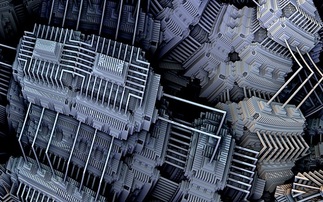Intel Xeon E7 processors deliver up to 40 per cent more performance than their predecessors
Chip giant Intel today launched server processors aimed at mission-critical public and private cloud datacentres that are touted to deliver up to 40 per cent greater performance than the previous I...
To continue reading this article...
Join Computing
- Unlimited access to real-time news, analysis and opinion from the technology industry
- Receive important and breaking news in our daily newsletter
- Be the first to hear about our events and awards programmes
- Join live member only interviews with IT leaders at the ‘IT Lounge’; your chance to ask your burning tech questions and have them answered
- Access to the Computing Delta hub providing market intelligence and research
- Receive our members-only newsletter with exclusive opinion pieces from senior IT Leaders





















